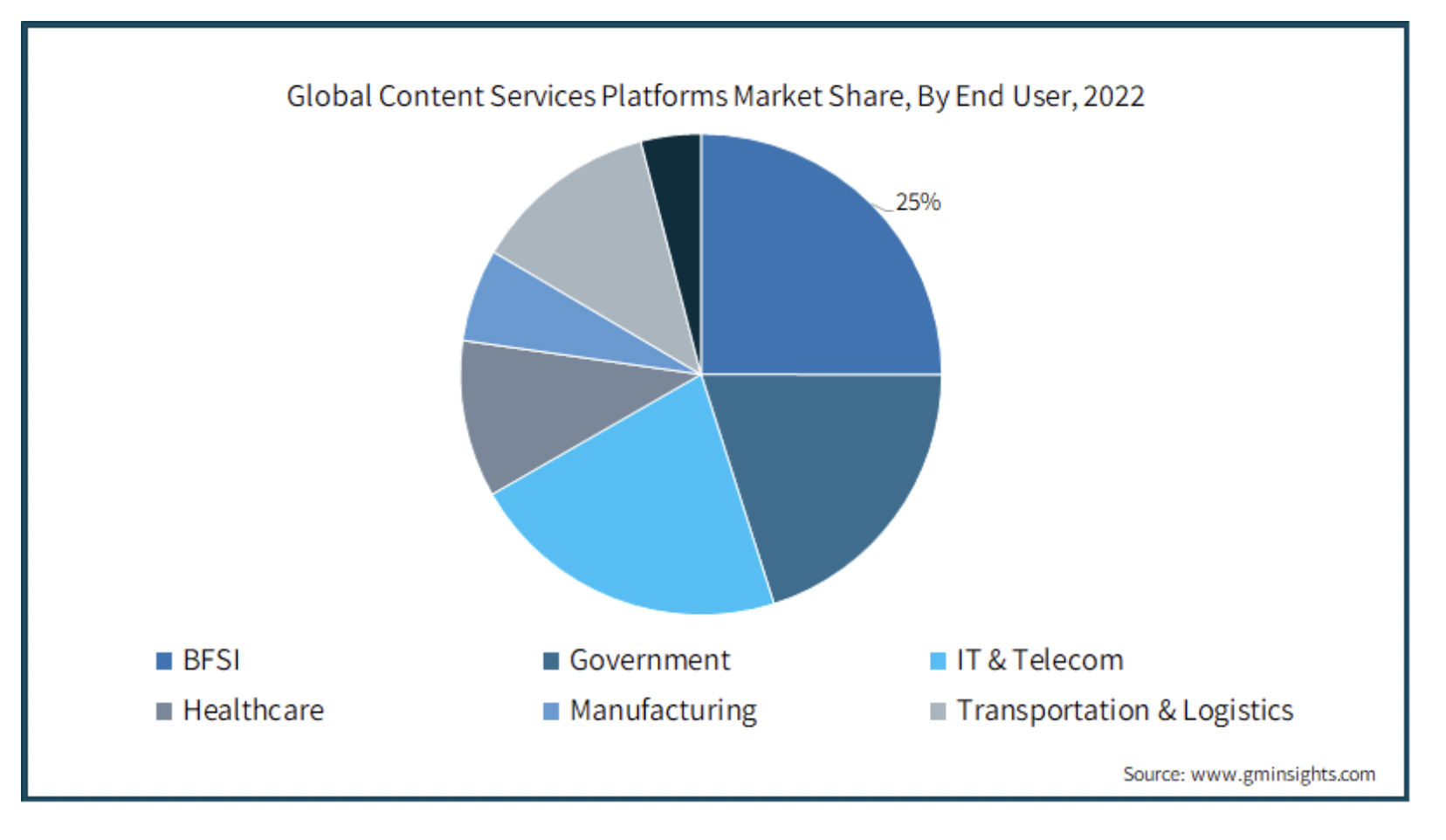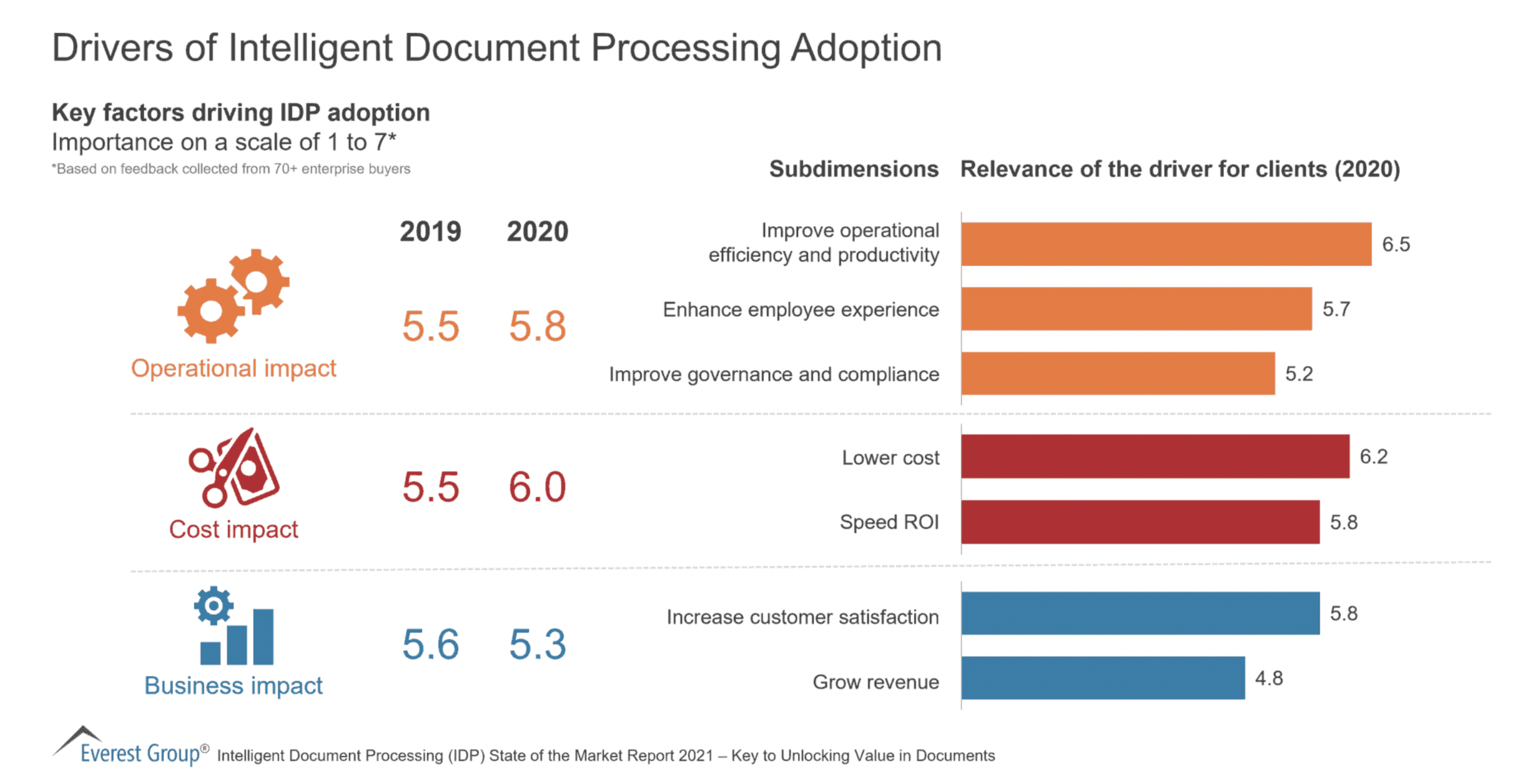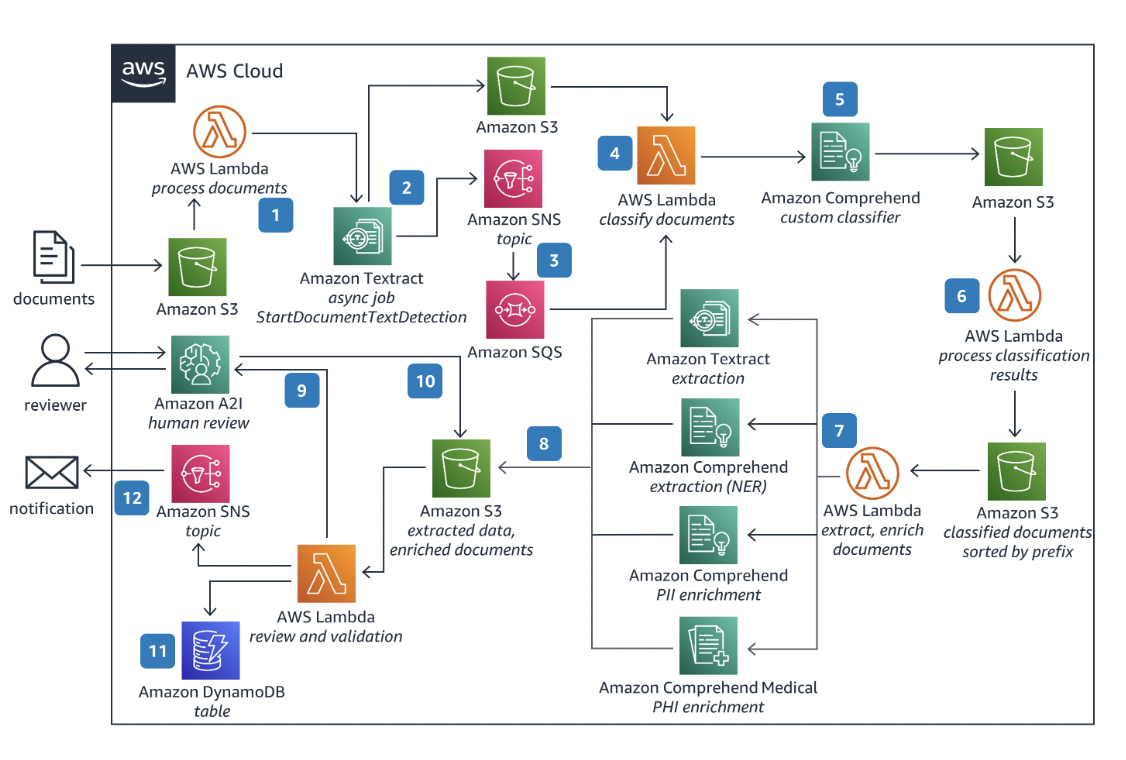 Written by Vlad Borysenko, Principal Data Scientist at Neurons Lab.
Written by Vlad Borysenko, Principal Data Scientist at Neurons Lab.
Intelligent Document Processing: Automating the Digital Paper Trail
Manual data entry and document processing have long been costly drags on productivity and efficiency for organizations of all size. In particular, large organizations with a need to process documents efficiently on a vast scale struggle to optimize these manual, high frequency tasks.
Yet with the rise of advanced technologies like artificial intelligence (AI), machine learning (ML) and robotic process automation (RPA), there are now powerful tools available to automate these traditionally labor-intensive processes. As the volume of business documents and data continues growing exponentially, manually processing all this information has become painfully slow, expensive, and error-prone. Intelligent document processing (IDP) provides a cutting-edge solution.
IDP is a next generation data management technology that utilizes artificial intelligence and advanced machine learning capabilities to automate the extraction, classification, and handling of documents across an organization. IDP software can ingest images, PDFs, emails, scanned documents and even handwritten notes, systematically pulling out and organizing the most vital data and routing information to appropriate systems and people.
The graph below from Gartner shows the fast-growing market size of IDP solutions and services, which are anticipated to register a CAGR of 24.7% between 2023 and 2032.

In this article, we’ll explore an overview of IDP, highlighting benefits, risks and first steps to implementation. This article is the first of a three-part series on IDP for enterprises, keep an eye out for part 2 and part 3 coming to the blog soon:
- Unlocking IDP Part 2: A Deep Dive into IDP’s ROI for Cost-Effective Document Processing
- Unlocking IDP Part 3: Enhancing Prior Authorization with Intelligent Document Processing
The IDP Advantage
What sets IDP apart from traditional document management platforms is how it can actually “read” and interpret different types of documents using optical character recognition (OCR), natural language processing and other AI techniques. This cognitive capacity enables IDP software to handle unstructured data extraction and contextual document classification far beyond what rules-based technologies can achieve.
By mimicking and even exceeding human-level understanding of documents, IDP solutions deliver reliable, scalable and fast document processing at a fraction of the typical manual effort. Leading IDP platforms have precision and recall rates in the 80-95% range, ensuring maximum data accuracy.
Transitioning from manual to automated document-driven workflows powered by IDP can bring the following advantages:
- Reduces document processing costs by 80% or more
- Accelerates process cycle times from days to hours
- Frees employees to focus on higher value work
- Improves overall data quality and accuracy
- Provides complete audit trails and compliance reporting
- Adapts automatically to handle exceptions and changes
- Seamlessly integrates across business systems
- Securely scales to process millions of documents
In addition, with the help of machine learning capabilities, IDP solutions continuously improve over time, taking on more complex documents and extracting information at even greater speeds. This leads to fast, expanding ROI unseen in most other enterprise systems.
Which industries are adopting Intelligent Document Processing?
IDP adoption is accelerating across sectors with a high volume of unstructured data and manual workflows where scaling is becoming an increasingly complex task.
Financial services stand poised for major IDP disruption, with business banking processing high volumes of documents per client annually.
In addition, claims processing and underwriting in the Insurance sector rely on antiquated review processes that AI radically streamlines. Client-heavy fields like the Legal sector also struggle to handle volumes of unstandardized agreements, invoices, and emails.
Even sectors like Manufacturing and Energy centered around physical processes deal with high document volume in areas like Logistics and Field reporting.
Ultimately, nowadays the majority of enterprises are document-driven digital businesses, regardless of product or service. And, as such, all industries contend with manual bottlenecks that AI-enabled productivity could disrupt.

Exploring Horizontal Use Cases
While IDP delivers immense value across verticals, horizontal document-centric business functions benefit as well. Below are some top industry-agnostic IDP use cases:
1. Human resources. Human resources contend with cumbersome applicant tracking and employee onboarding paperwork. Intelligent forms processing reduces manual data entry and candidate background verification. It also facilitates staff changes in areas like payroll and benefits to update systems seamlessly.
2. Marketing. Marketing and creative teams handle expansive media libraries with images, videos presentations and more that require tagging, filtering and search. IDP manages digital asset management automatically with context-aware metadata so relevant content surfaces rapidly without labor-intensive oversight.
3. IT support and operations. IT teams similarly struggle with technical documentation and ticket management at scale. Machines can catalog FAQs, parse support forum notes, route cases to appropriate engineers and even suggest fixes based on legacy troubleshooting data. This saves technicians bandwidth for complex assignments.
4. Customer service. Customer experience and success teams also rely extensively on documenting issues, changes and feedback. IDP helps classify requests, identify trends and recommend responses by analyzing historic case data much faster than possible manually. It surfaces insights to enhance products, services and experiences.
5. Compliance. Compliance and auditing processes increasingly rely on unstructured data review that AI automation assists. Risk analysis on contracts, emails, chat logs and recorded calls can spotlight issues early. IDP also expedites e-discovery requests for legal proceedings.
The diagram below shows some of the drivers behind implementing an IDP solution from Everest Group, interweaing some key use cases and desired outcomes.

What are the risks involved in implementing an IDP solution?
Implementing any AI solution carries potential risks around model accuracy, transparency, and integration that demand mitigation planning. With IDP specifically, many established business processes around manual document handling likely already exist that could face significant disruption.
Even with advanced machine learning, IDP systems can struggle to handle complex nuances or unusual exceptions without continual optimization. Data quality issues may also arise with integrating IDP outputs across downstream systems. If core datasets contain gaps or errors, it severely limits the reliability of automated extraction and analysis.
To properly account for these risks, companies must perform extensive due diligence around factors that could impede automated document processing before full-scale deployment. In addition, it is key to get the right team on board who are experienced in managing the end-to-end integration of an IDP solution.
According to Gartner, “Implementing an IDP system can be a complex and resource-intensive process. Organizations often require integrating IDP solutions with their existing IT infrastructure and document management systems. This integration process can be challenging, consuming, and costly, which can act as a barrier for some organizations.”
Where to start with IDP
Strategic road mapping with leadership and IT key stakeholders provides critical alignment on where intelligent document processing can drive maximum impact given current process constraints and pain points. For many insurance firms or financial services, for example, automated claims processing addresses pressing needs around accuracy and speed.
It is important to highlight potential risks early on in the process and also get clarity on requirements with must-have use cases, datasets, and integrations along with nice-to-have capabilities.
Examining full-lifecycle document flows will determine what mix of automated classification, extraction, validation, and analysis modules are necessary. Once sufficient categorization and metadata tagging models are in place, unstructured data can be funneled into appropriate intelligent processes.
Starting with well-bounded pilots focused on structured documents often makes sense before assessing expansion. IT infrastructure around security, access management and analytics must also be IDP-ready to support organization-wide scaling. Monitoring model performance via precision and recall rates verifies system effectiveness.
The below image shows a diagram of an example IDP system on AWS. Click here to explore the system in more detail.

How can Neurons Lab support
Neurons Lab is an AI consultancy that provides end-to-end services – from identifying high-impact AI applications to integrating and scaling the technology. We empower companies to capitalize on AI’s capabilities.
With IDP amongst our top technical capabilities, we enable you to enhance document-related processes with automated summary generation and decision-making recommendations, possessing expertise in OCR Suite, named entity recognition, document summarization, and document storing.
We worked with Treatline’s platform, for example, to leverage cutting-edge AI technology and AWS services in order to streamline the prior authorization process for insurance companies and healthcare providers. The platform comprises three main components: web app, Intelligent Document Processing, and the Generative AI criteria matching system.
Get in touch with the team here for your upcoming IDP-based project.









